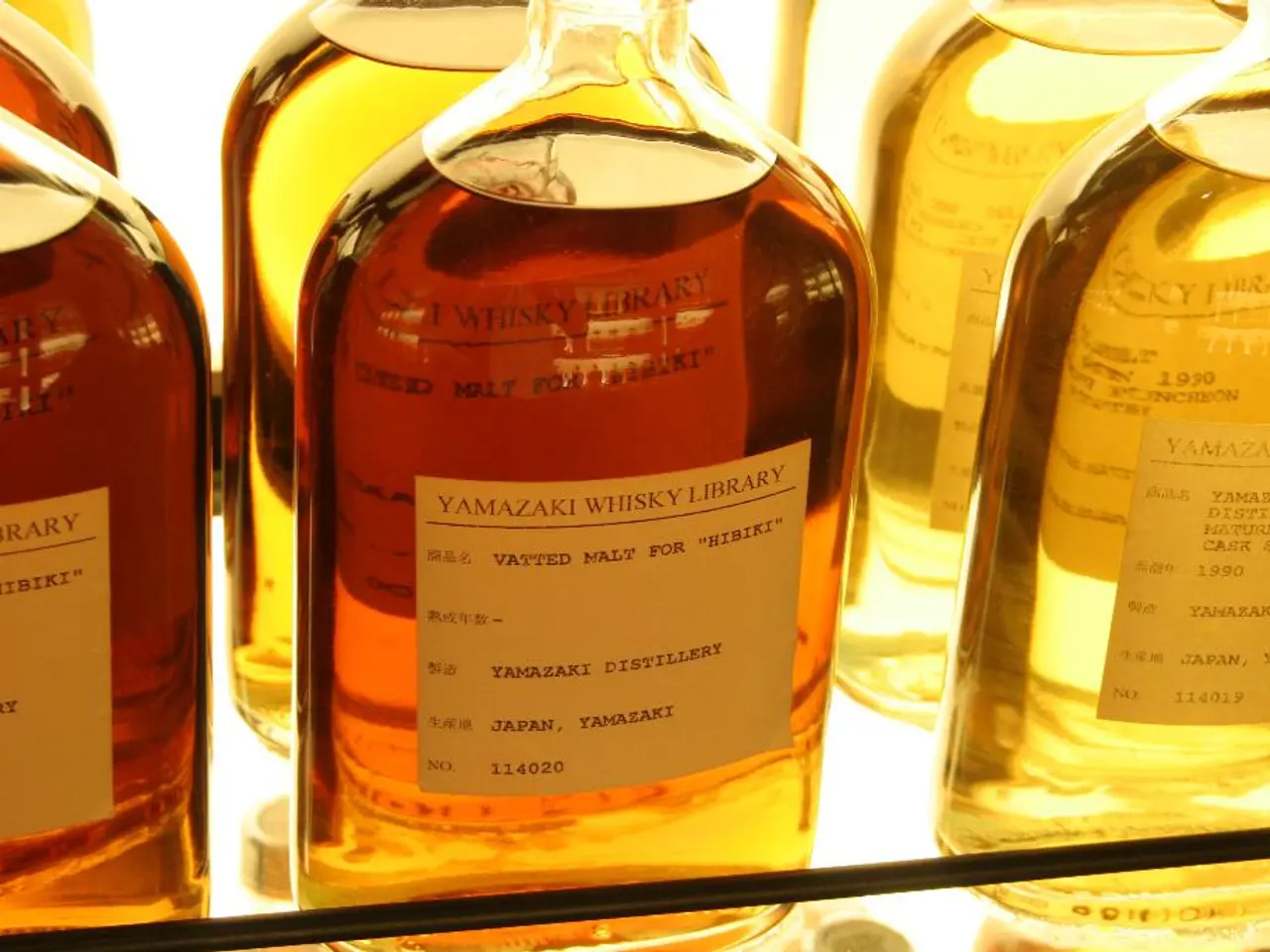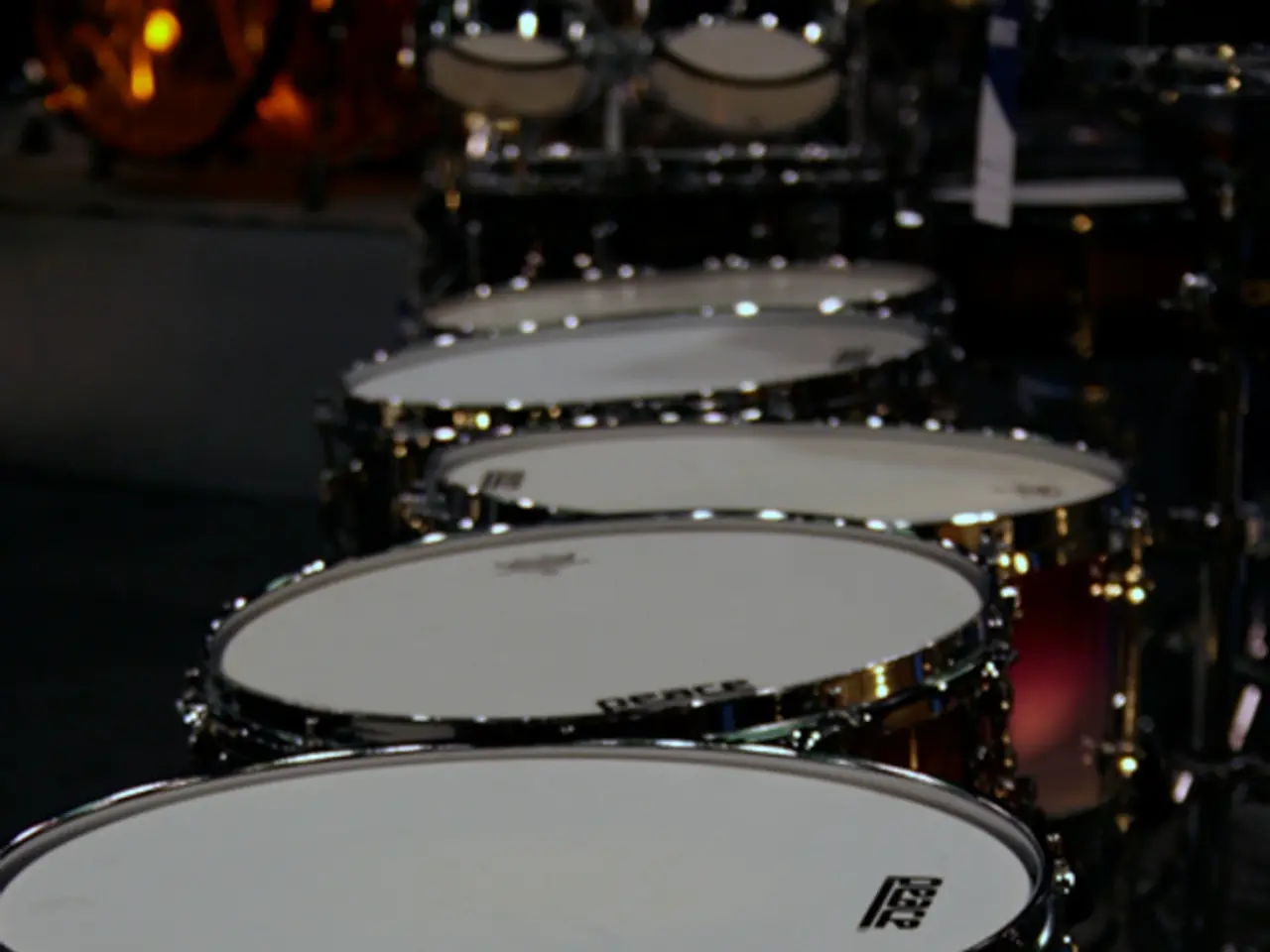Plastic bottle linings and painted caps lead to significantly higher microplastic contamination in drinks compared to plastic or cans.
In a groundbreaking discovery, France's food safety agency ANSES has found that drinks sold in glass bottles contain significantly more microplastics than those packaged in plastic or metal. The research, published in the Journal of Food Composition and Analysis, reveals that the main source of microplastics in glass-bottled drinks is the plastic paint coating on the caps, not the glass itself.
The study analyzed over 100 drink samples sold across France, including still and sparkling water, soft drinks, iced tea, beer, and wine. The findings showed that soft drinks, lemonade, iced tea, and beer in glass bottles contained around 100 microplastic particles per litre, which is five to 50 times higher than the levels found in plastic bottles or metal cans. Beer bottles had the highest microplastic count, averaging about 60 particles per litre.
The study attributes this contamination to microscopic flakes of paint that are released from scratches on the bottle caps. These particles can end up inside the bottle during capping or storage. By contrast, the same beverages packaged in plastic bottles or cans contained far fewer microplastics - often as low as 2 to 20 particles per liter.
The researchers suggest that drink manufacturers could reduce microplastic contamination by adopting simple cap-cleaning methods, such as air-blowing and rinsing with ethanol. They hope their findings will spur changes across the beverage industry, especially as public awareness and regulatory scrutiny around microplastics continue to rise.
It is important to note that while the health impact of these microplastic levels is still unclear due to the lack of toxicological reference data, the study opens an important discussion about sources of microplastic contamination in beverages and challenges the common perception that glass packaging is inherently safer in this regard.
Microplastic contamination is now considered a ubiquitous pollutant, with particles found in various environments such as oceans, soil, seafood, drinking water, and even clouds. There is no consensus on what levels of microplastic exposure are safe or dangerous for humans, but plastic particles have been found in human blood, lungs, and placenta.
The European Commission established testing protocols for microplastics in drinking water in March 2024, but these apply only to unbottled water, leaving beverages like soda, tea, or beer outside the regulatory framework. The differences in microplastic contamination between glass bottles and other packaging types were stark, with glass bottles consistently being the most contaminated container type.
The study does not offer any toxicological conclusions, but it provides a clear path for mitigation. As consumers, we can make informed choices about the packaging of our drinks to reduce our exposure to microplastics. The beverage industry, too, has a role to play in adopting cleaner production methods to protect public health and the environment.
- The study, published in the Journal of Food Composition and Analysis, reveals that drinks packaged in glass bottles contain significantly more microplastics than those in plastic or metal, with soft drinks, lemonade, iced tea, and beer in glass bottles containing around 100 microplastic particles per litre.
- The researchers suggest that drink manufacturers could reduce microplastic contamination by adopting simple cap-cleaning methods, such as air-blowing and rinsing with ethanol, and hope their findings will spur changes across the beverage industry, especially as public awareness and regulatory scrutiny around microplastics continue to rise.
- Microplastic contamination is now considered a ubiquitous pollutant, with particles found in various environments such as oceans, soil, seafood, drinking water, and even clouds. The European Commission established testing protocols for microplastics in drinking water in March 2024, but these apply only to unbottled water, leaving beverages like soda, tea, or beer outside the regulatory framework.
- The health impact of these microplastic levels is still unclear due to the lack of toxicological reference data, but plastic particles have been found in human blood, lungs, and placenta. Therefore, it is important for consumers to make informed choices about the packaging of their drinks to reduce their exposure to microplastics.
- As consumers, we should also be mindful of other factors related to health-and-wellness, nutrition, and lifestyle, including food-and-drink choices, exercise, and stress management, in addition to being aware of microplastic contamination in our beverages.




